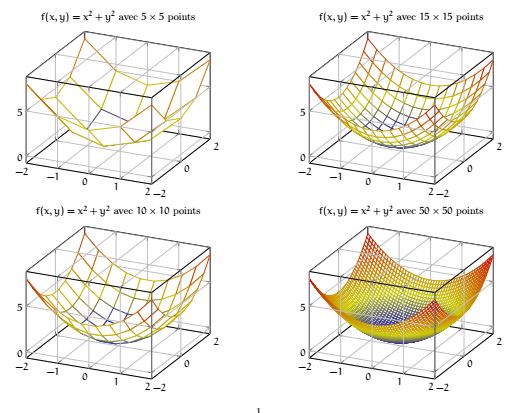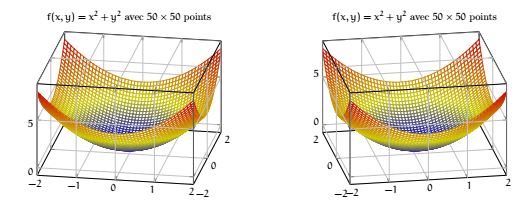Accueil

Connexion

Liste des cours

Exercices

Projets

Département SD

How To

Au temps perdu
 La représentation sous différent angle de vue permet aussi de mieux appréhender la fonction.
%
La représentation sous différent angle de vue permet aussi de mieux appréhender la fonction.
%